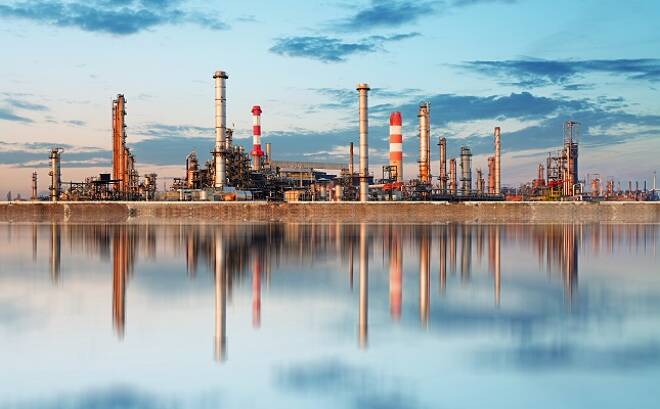Advertisement
Advertisement
Industrial Producer Prices up by 0.6% in both Euro Area and EU
By:
Eurostat have found that industrial producer prices have risen in May by 0.6% compared with April in the euro area and the European Union (EU), a sharp
Eurostat have found that industrial producer prices have risen in May by 0.6% compared with April in the euro area and the European Union (EU), a sharp contrast to the results in April, as prices fell by 0.3% in the euro area and by 0.1% in the EU.
Year on year in May 2016, compared with May 2015, industrial producer prices decreased by 3.9% in the euro area and by 3.7% in the EU,
In the EU, the 0.6% increase can be attributed to rises of 2.1% in the energy sector, plus a rise of 0.3% for intermediate goods and of 0.1% for non-durable consumer goods, prices remained stable for both capital goods and durable consumer goods, excluding energy costs in the industry increased by 0.2%.
Industrial producer prices rose in nearly all member states, with the highest increases observed in Belgium on plus 2.7%, in the Netherlands by 2%, Hungary 1.6% and Greece 1.3%, industrial producer prices decreased only in Latvia by minus 0.4%, Sweden minus 0.2%. and Bulgaria on minus 0.1%.
UK Construction Worst for Seven Years
The UK construction market according to Markit has fallen in output to the sector’s worst performance in seven years in their latest Purchasing Manager‘s Index (PMI), led by a steep decline in residential building and a reduction in commercial work for the first time since May 2013.
Respondents in the survey said that the uncertainly surrounding the sector due to the referendum on membership of the European Union (EU), was one of the main reasons why business has plummeted.
Softer demand conditions acted as a brake on staff recruitment in June, and contributed to a drop in purchasing activity for the first time in just over three years.
The PMI index was 46 in June, below the neutral figure of 50 and from the 51.2 figure that was recorded in May, while the latest reading pointed to the weakest overall performance for since 2009, the rate of contraction was much slower than seen during the downturn following the financial crash.
Residential construction was the worst performing sub-category of activity, with business falling at the fastest pace since December 2012,but civil engineering activity remained broadly stable in June, while commercial building work saw a sharp loss of momentum and posted one of its weakest readings for six-and-a-half years.
Employment numbers continued to rise in June, but this was at one of the weakest rates seen over the past three years, sub-contractor usage fell slightly and prices charged by sub-contractors increased at the slowest pace since July 2013.
The GBP/USD has had a turbulent relationship in the past 24 hours, and currently sterling is buying $1.32, staying low against the greenback as the aftermath of the decision to leave the EU continues to haunt the value of the pound.
The pound has also taken a further blow as the Bank of England (BOE)Governor Mark Carney has warned of rate cuts this summer, according to LMAX Exchange larger investment banks have since come out with calls for BOE cuts, with one calling for 50bps over the next two meetings, while another is looking for the BOE to add another £125 billion of quantitative easing.
About the Author
Peter Tabernerauthor
Did you find this article useful?
Latest news and analysis
Advertisement
